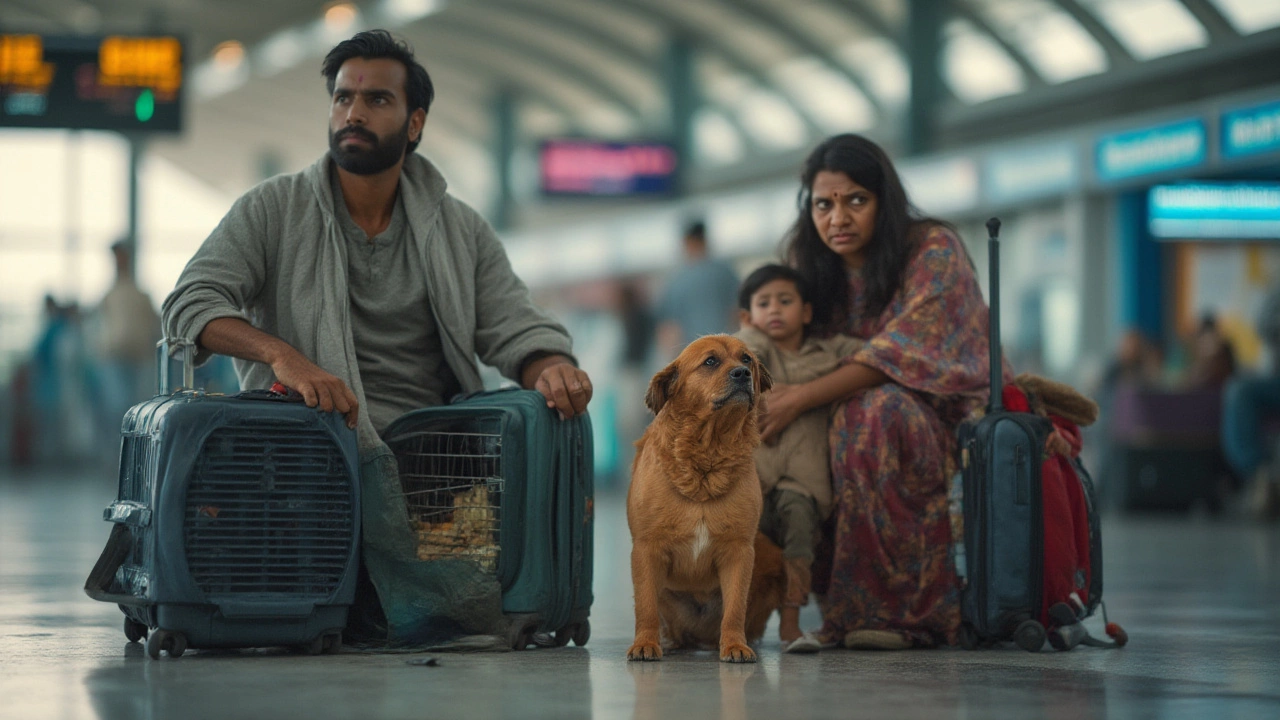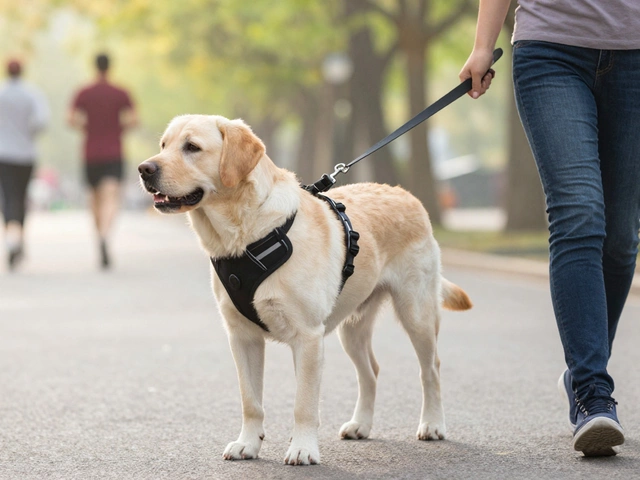Dog Cargo Flight Trauma: What You Need to Know
Shipping your dog in the cargo hold can feel like a gamble. Some owners see a happy reunion, while others notice anxiety, injuries, or health issues after the flight. Knowing the warning signs and how to prepare can turn a risky journey into a smoother one.
Common Signs of Cargo‑Flight Stress
First thing to watch for is unusual behavior once you’re on the ground. Your dog might be trembling, panting heavily, or refusing to eat. These are red flags that the temperature or pressure changes in the hold hurt them. Look for physical signs too – bruises, cuts, or a swollen paw suggest rough handling during loading or unloading.
Another tell‑tale sign is digestive upset. Diarrhea or vomiting often appears after a long cargo trip because the stress messes with the gut. If your dog seems disoriented or keeps circling the same spot, it could be a reaction to the loud noises and lack of familiar scents inside the hold.
How to Keep Your Dog Safe in the Cargo Hold
Start with a health check. A quick vet visit before booking confirms your pup can handle the pressure changes and any pre‑flight meds. Ask the vet about a short‑acting anti‑anxiety drug if your dog gets nervous easily.
Choose the right crate. It must be airline‑approved, well‑ventilated, and just big enough for your dog to stand, turn, and lie down. Adding a familiar blanket or a piece of clothing with your scent can calm them during the trip.
Book direct flights whenever possible. Fewer take‑offs and landings mean less handling and a shorter stay in the cargo area. Early morning or late evening flights often have cooler temperatures, reducing the risk of overheating.
Label the crate clearly with "Live Animal," your contact info, and any special instructions like "Temperature Controlled" or "Do Not Turn." Most airlines respect these tags and will handle the crate more gently.
When you arrive at the airport, ask to see the crate before it’s loaded. A quick visual check helps you confirm the door is secure and there are no obvious damages. If you notice a problem, request a replacement crate or ask the airline to correct it before loading.
After the flight, give your dog water and a quiet spot to recover. Check the body for any injuries, and contact your vet if you see bruises, persistent shaking, or signs of dehydration. Most dogs bounce back in a day, but a vet visit can catch hidden injuries early.
Finally, keep a travel journal. Write down flight details, the airline, crate number, and any symptoms you observe. This record helps you spot patterns and gives the airline concrete feedback if something went wrong.
Traveling with a dog in cargo doesn’t have to be a nightmare. By watching for stress signals, choosing the right equipment, and planning smartly, you can protect your furry friend and make the journey as safe as possible.

Is Flying in Cargo Traumatic for Dogs? What Every Owner Needs to Know
Worried about dogs flying in cargo? Discover science-backed truths, common risks, coping strategies, and must-know tips so you can make smart choices for your pup.
read more



